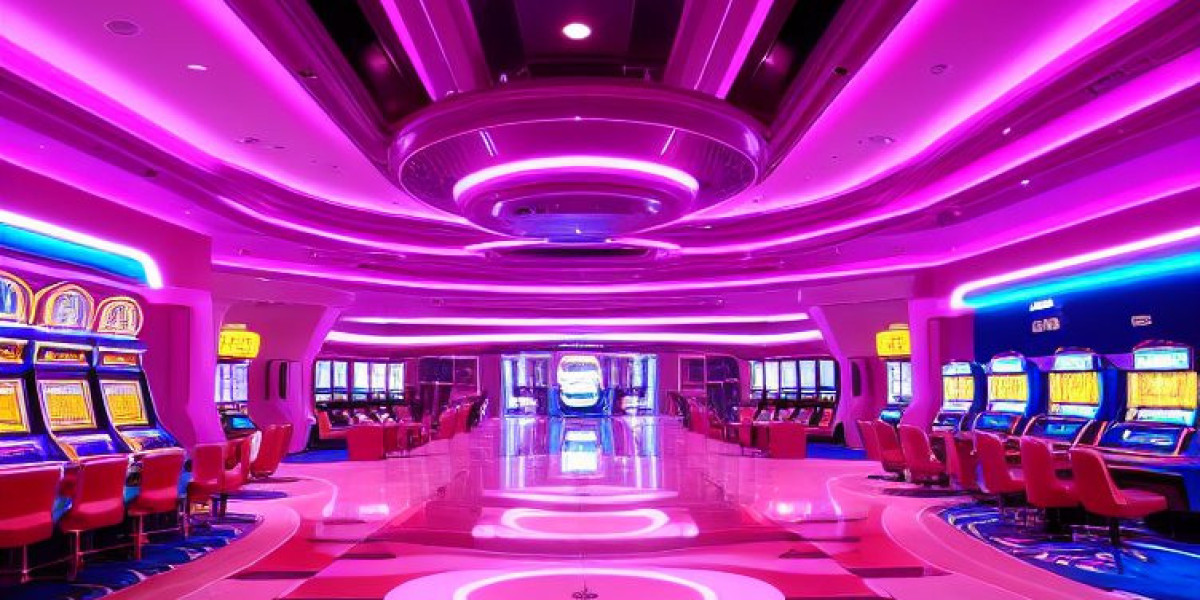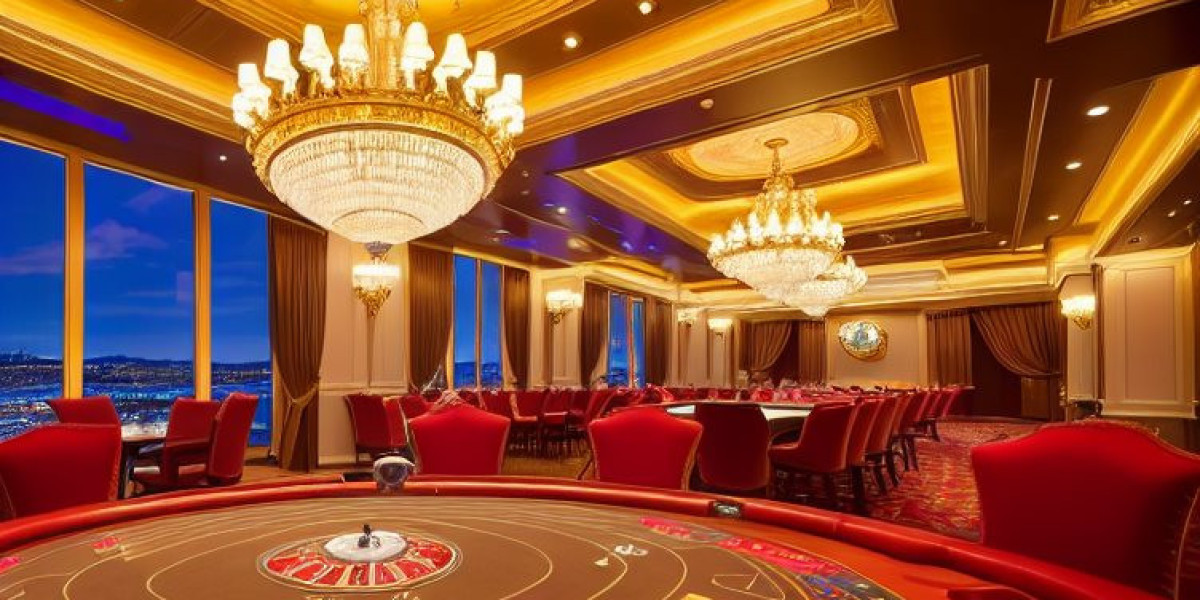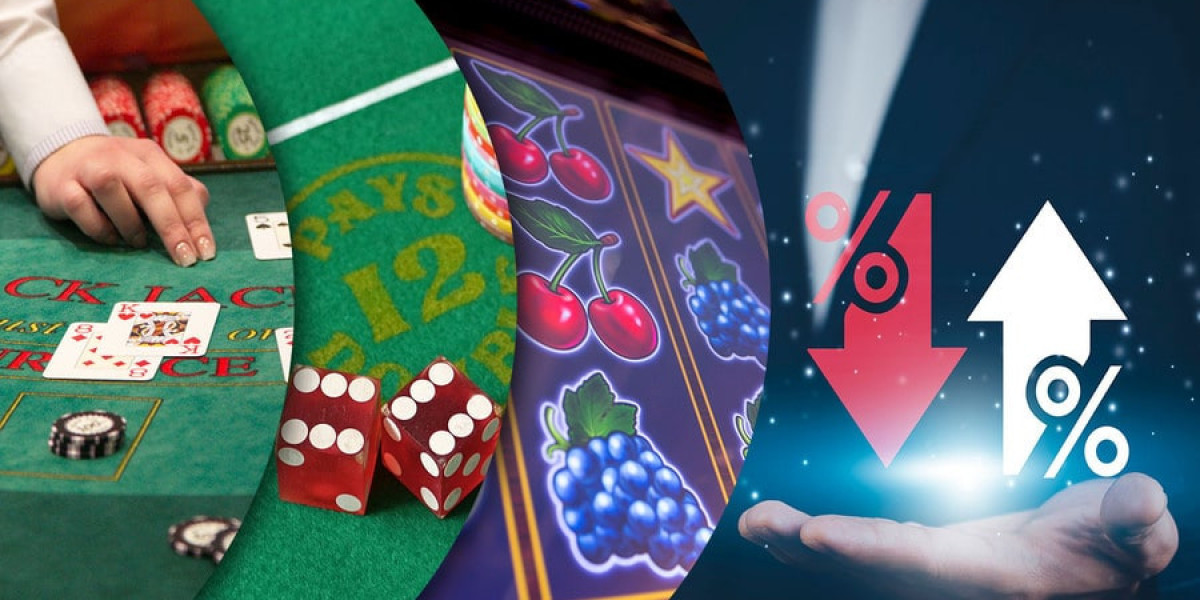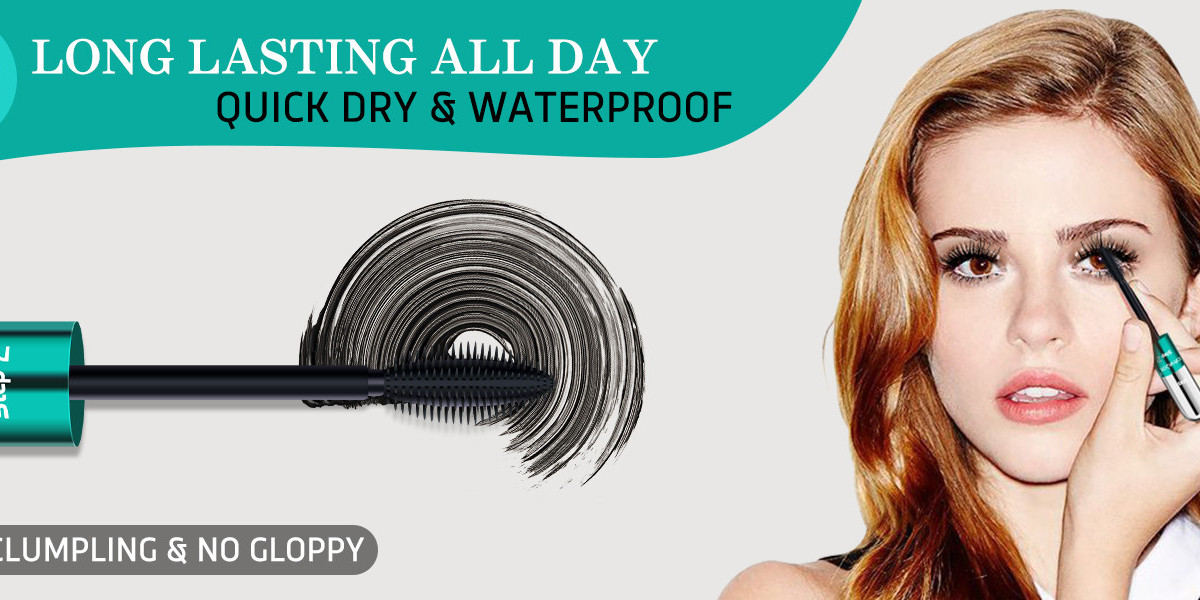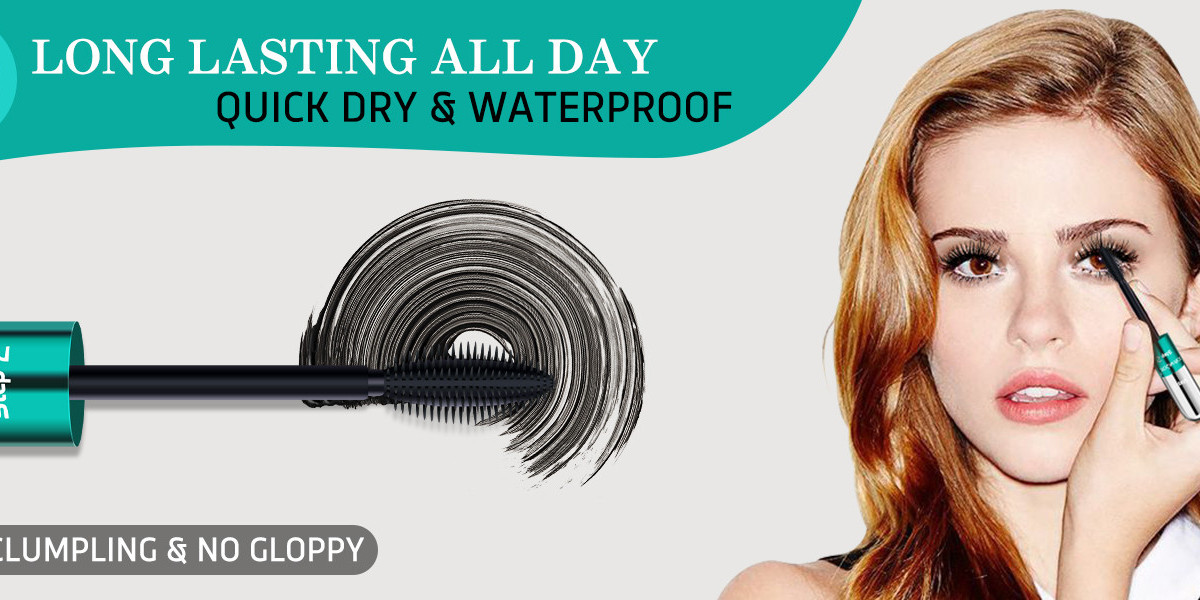Intro.
Japanese kawaii culture, additionally called "cuteness society," has actually gotten extensive popularity both in Japan and worldwide. One of the most prominent elements of kawaii culture is the fashion style, defined by brilliant shades, spirited devices, and a childlike innocence. In recent times, kawaii attire have progressed to include a vast array of styles and trends, mirroring the ever-changing nature of fashion. This short article will explore the history and advancement of Japanese kawaii clothing.
Background of Kawaii Fashion.
The beginnings of kawaii fashion can be traced back to the 1970s when adolescent women in Japan started adopting a much more youthful and cute visual in action to the strict social standards of the moment. This new design of gown, which highlighted soft pastel shades, frilly outfits, and large bows, promptly acquired popularity among young ladies who looked for to express their uniqueness and disobedience against conventional sex duties.
In the 1980s, the kawaii fashion fad remained to grow, with the introduction of prominent personalities like Hello there Feline and My Melody even more promoting the snuggly and charming aesthetic. These characters, in addition to the rise of Japanese pop culture, played a substantial function fit the kawaii style motion and motivating new generations of developers and customers.
Evolution of Kawaii Clothes.
Throughout the years, kawaii fashion has evolved to include a large range of trends and designs, from the timeless Lolita want to more modern-day streetwear-inspired layouts. Among one of the most preferred kawaii designs today is Decora, which features an eclectic mix of bright colors, strong patterns, and playful accessories like large bows, rainbow socks, and vivid hairpin. Decora style is all regarding self-expression and imagination, with no guidelines or limitations on exactly how to mix and match different pieces.
An additional popular kitty kawaii outfit aqw (Warezdimension.com) design is Fairy Kei, which is defined by pastel colors, vintage-inspired apparel, and wayward devices like unicorns, rainbows, and celebrities. Fairy Kei attire commonly feature retro aspects from the 80s and 90s, such as oversized sweatshirts, high-waisted skirts, and beefy system footwear. This style is excellent for those who desire to channel their inner kid and create a wonderful, sentimental appearance.
Along with Decora and Fairy Kei, there are many other kawaii designs that have gotten popularity in recent times, such as Yume Kawaii (Dreamy Cute), Pastel Goth, and Menhera. Yume Kawaii fashion integrates components of dream and surrealism, with dreamy pastel shades, whimsical prints, and oversized bows. Pastel Goth, on the various other hand, incorporates the edgy aesthetic of conventional goth fashion with the soft and sweet shades of kawaii, creating an one-of-a-kind and rebellious look. Menhera style is influenced by psychological health awareness and functions cute and playful designs with a dark twist, such as syringes, tablets, and plasters.
Verdict.
Japanese kawaii clothing have come a lengthy means considering that their simple starts in the 1970s, progressing to incorporate a broad variety of designs and patterns that appeal to people of any ages and histories. From the traditional Lolita want to the modern streetwear-inspired designs of Decora and Fairy Kei, kawaii style remains to motivate creativity and self-expression worldwide. Whether you're a follower of charming and snuggly characters or favor a more edgy and rebellious aesthetic, there's a kawaii design for everyone to appreciate. So, why not accept your inner child and experiment with a kawaii attire today?

